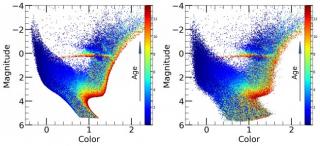
An algorithm developed by the Spanish IAC researcher Sebastián Hidalgo will be used for the first time at the international distributed computing event “Gobal Azure Bootcamp”, aimed at getting thousands of people around the world to contribute to the improvement of the analysis of the star formation processes in galaxies.
Advertised on




